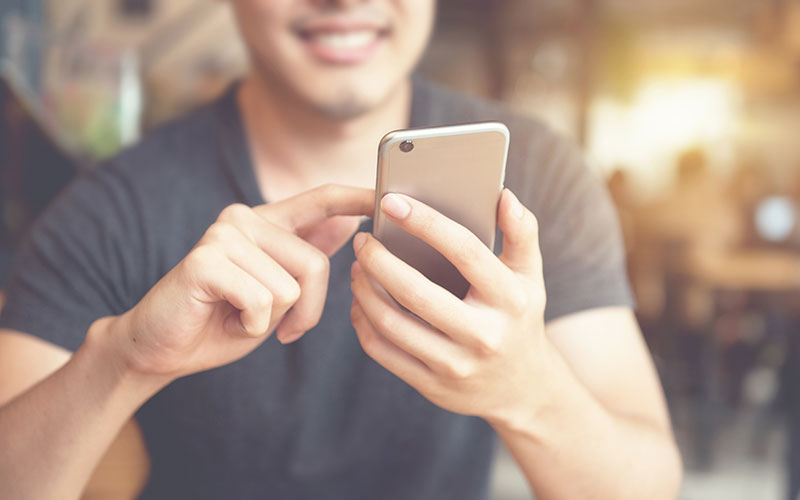
Bridging Gaps in Mental Health Care with Mobile Apps
We are fortunate to live in the digital age, where authoritative information on virtually any topic is easily retrieved by anyone with an Internet connection. This asset, combined with skyrocketing rates of smartphone usage over the past decade, may hold the key to improving health for a large percentage of the population.
Even with continued advances in the development of effective treatments and increased access to mental health care, a significant disparity still exists between need and actual delivery of mental health services. Internet-based applications, including mobile technology, could ostensibly increase access to treatment for those most in need [1].
Behavioral health providers tapping into this technology would be effectively reaching individuals through a device on which they already heavily depend. Data demonstrate that people with increased usage of smartphones include vulnerable populations who could benefit the most from interventions, including young adults, people with lower incomes and less educational attainment, and minorities.
